‘Unlike Harry, Margaret never saw herself as a “spare” and certainly never pitied herself’
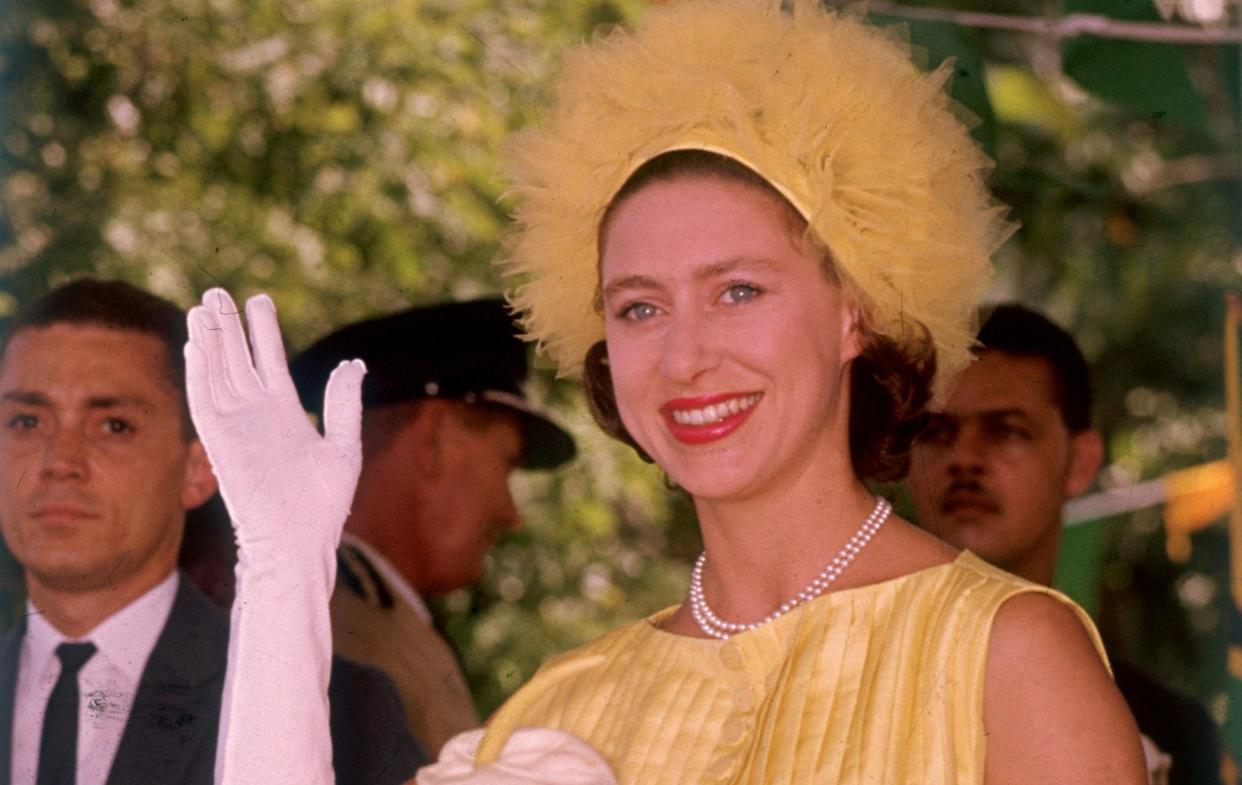
- Oops!Something went wrong.Please try again later.
- Oops!Something went wrong.Please try again later.
- Oops!Something went wrong.Please try again later.
A chain-smoker with a knack for withering put downs, Princess Margaret has become synonymous with a very specific brand of royal rebellion. Her morning routine, which comprised having breakfast in bed, listening to the radio for two hours and having a bath with a vodka cocktail, is the stuff of legend.
Aside from her hard-drinking and late-night partying (something that would frequently drive guests crazy as etiquette dictated they couldn’t call it a night before her), she is also remembered for her tumultuous romantic life.
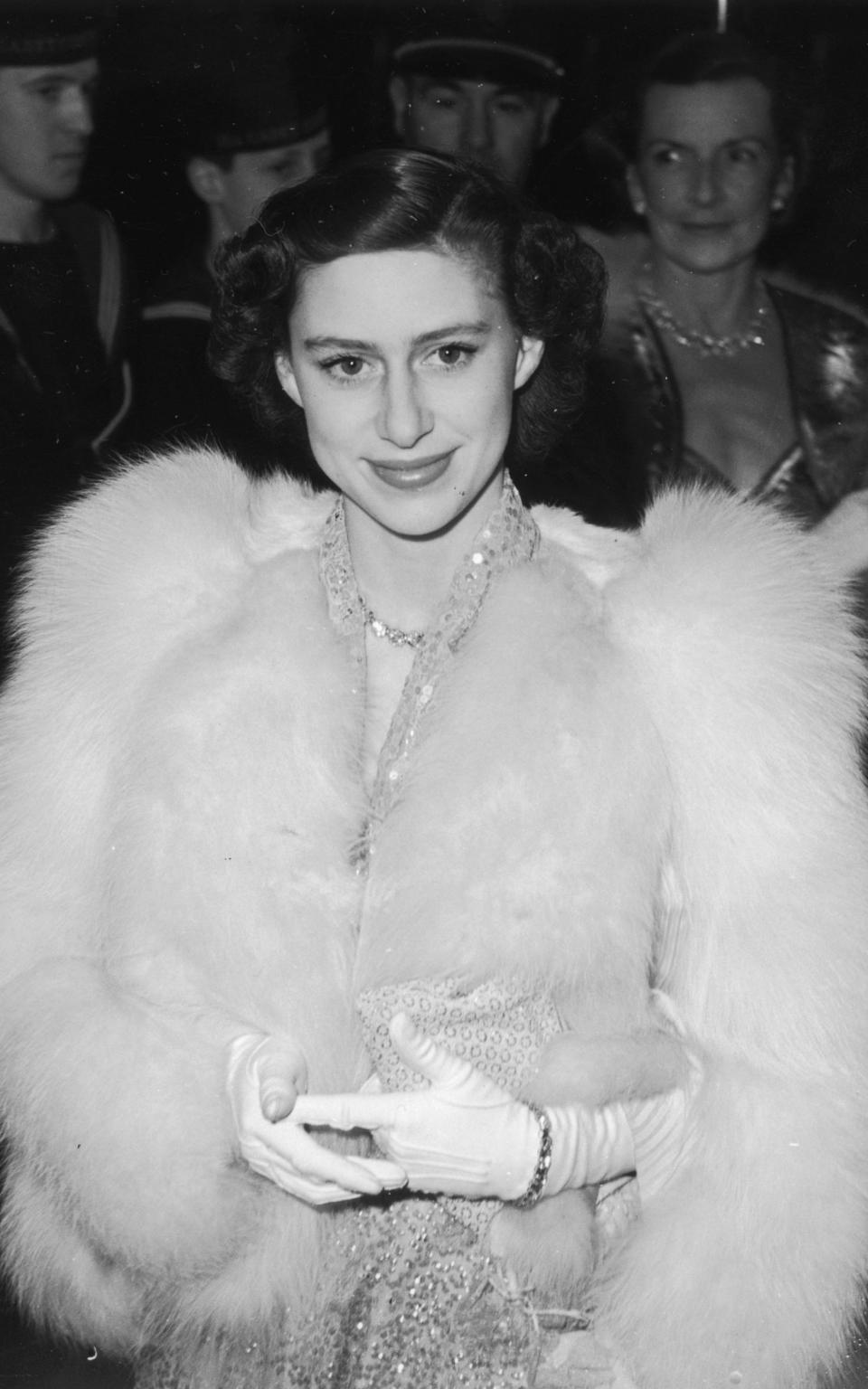
Yet in many ways, Margaret was decidedly traditional, both in her staunch religious beliefs and in her views of the institution of the monarchy. A less likely candidate for royal trailblazer there never was, but there’s no denying that Elizabeth II’s only sister, who died 22 years ago on February 9, 2002, carved a unique path from which many of those who came after have benefitted.
Born on Aug 21 1930 at Glamis Castle, Princess Margaret Rose of York, as she was then known, was fourth in line to the throne, after her uncle, then the Prince of Wales, her father, then the Duke of York, and her elder sister, Princess Elizabeth.
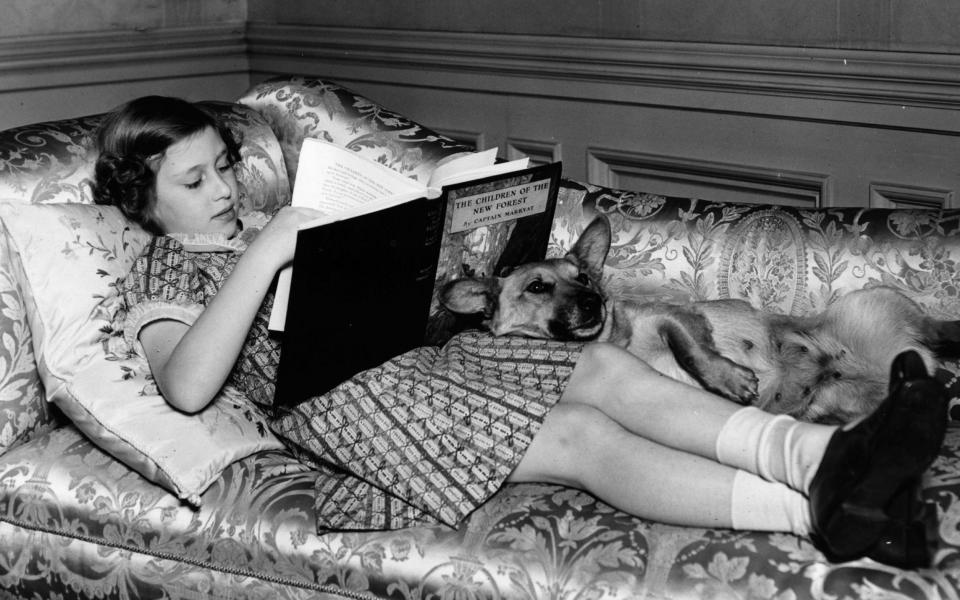
From childhood, Margaret was a more rebellious personality than her elder sister. “The Queen Mother described Margaret as having beautiful blue eyes and a will of steel,” says Gareth Russell, author of Do Let’s Have Another Drink, a biography of Queen Elizabeth (known as Queen Elizabeth The Queen Mother until Queen Elizabeth II’s death).
“While her grandmother, Queen Mary, said she was rebellious without ever intending to be harmful or malicious.”
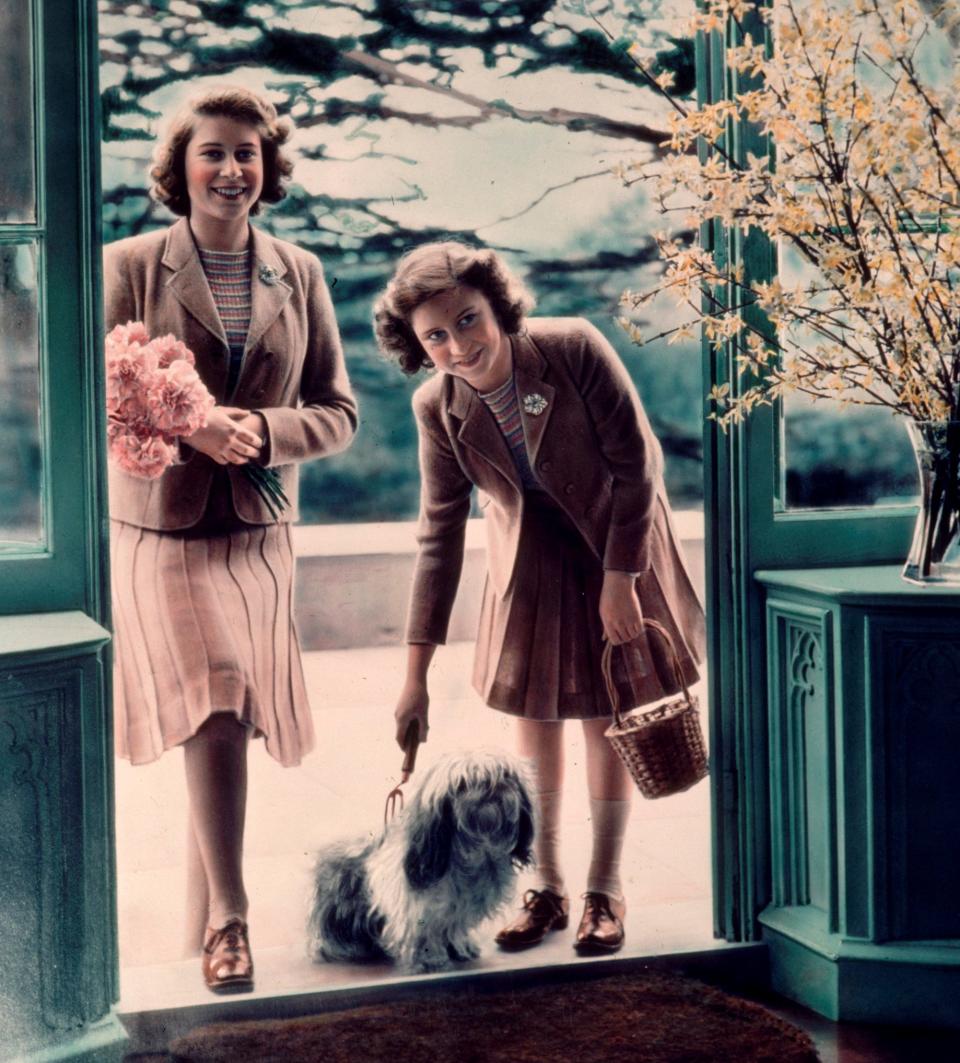
As the younger sibling, Margaret was often doted on, which might have been why she followed a less traditional path as an adult – because she knew she could get away with it.
“She was certainly an indulged child and there’s no doubt this resulted in her rebellious nature later in life, when it was too late, and her character was already set,” explains Russell. “The Queen Mother regretted it later, and was embarrassed by her lateness and apparent rudeness. Once, during a trip to Paris, Margaret feigned the flu so she could avoid royal duties and instead go to the Dior showroom – the Queen Mother was mortified.”
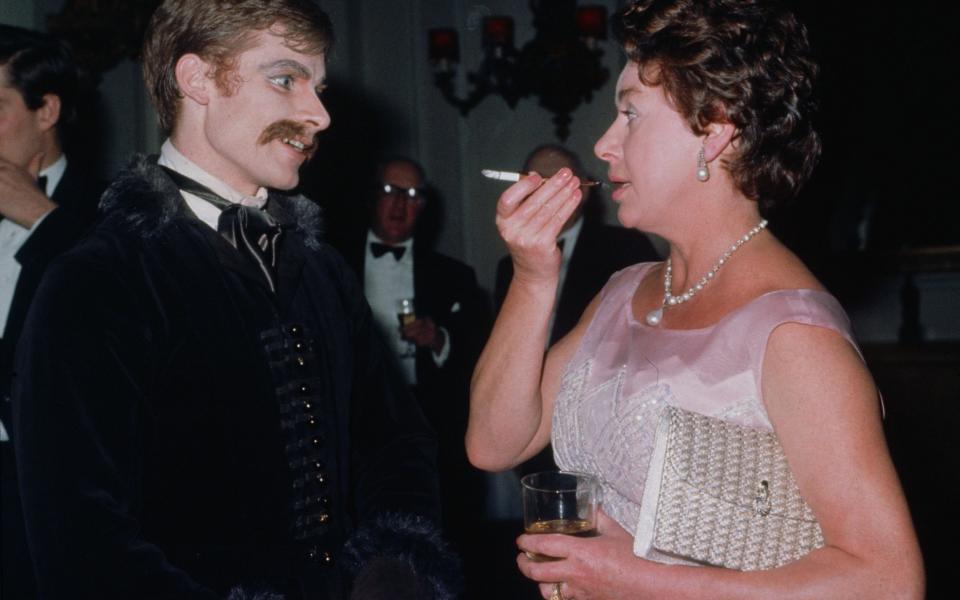
“She was much brighter than her sister and really suffered from the fact she didn’t have an education,” says royal biographer and author of The American Duchess, Anna Pasternak. “This meant she overindulged, but you feel that came from a sense of impotence.
“I think it was conceived as rebellion, but she was ahead of her time and thoroughly modern in her outlook. What seemed rebellious through the prism of the period doesn’t feel so today.”
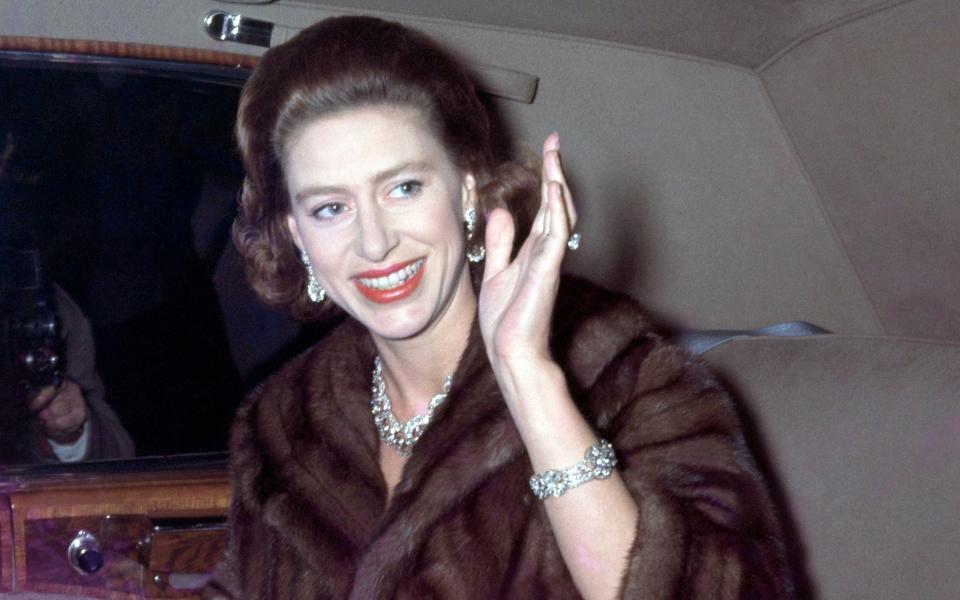
The first moment in which she really put her head above the parapet came in 1947, when the 17-year-old princess began a relationship with her father’s older, divorced equerry, Group Captain Peter Townsend. An inappropriate match on several levels, it caused difficulties between the sisters, as Margaret had to seek Elizabeth’s permission to marry him, which she didn’t immediately grant.
Instead, Margaret was asked to wait a few years, and then, if she still wanted to marry Townsend, she would need to give up her royal role – and the £6,000 annual income it provided via the civil list.
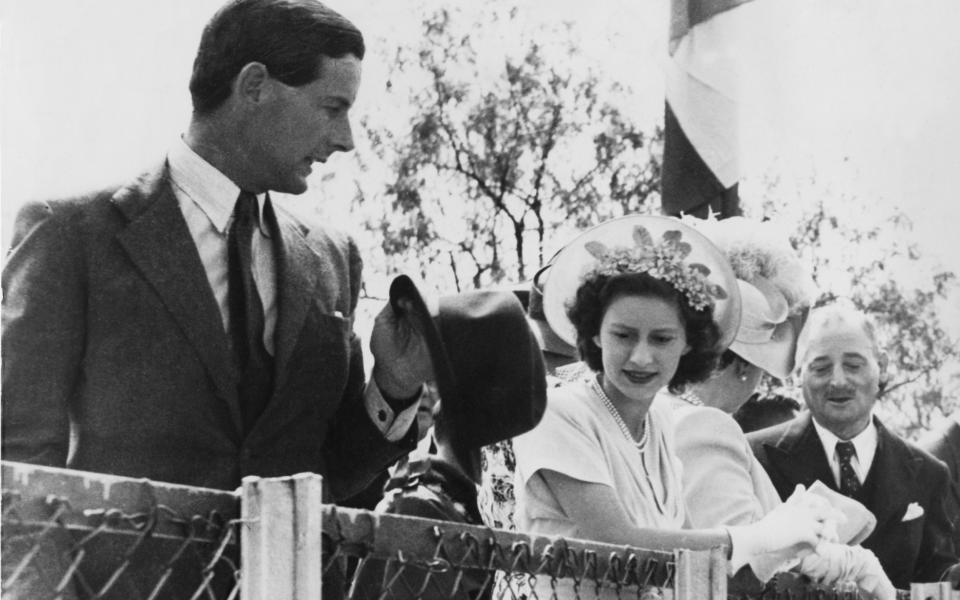
While this last condition would mean Margaret would have to give up the lifestyle she was accustomed to, it was also her religious beliefs that informed her decision.
“To understand Margaret fully, you have to consider her Christian faith, it was central to her existence,” explains Pasternak. “The Church of England had threatened that the princess would be barred from taking the sacrament if she married a divorcé.”
“The Townsend relationship has been overstated,” agrees Russell. “We ignore the fact that people who knew the couple had valid concerns not just about the fact that he had been married before, but because it was feared Margaret was latching on less as an act of rebellion but more as a way of dealing with her father’s death.”
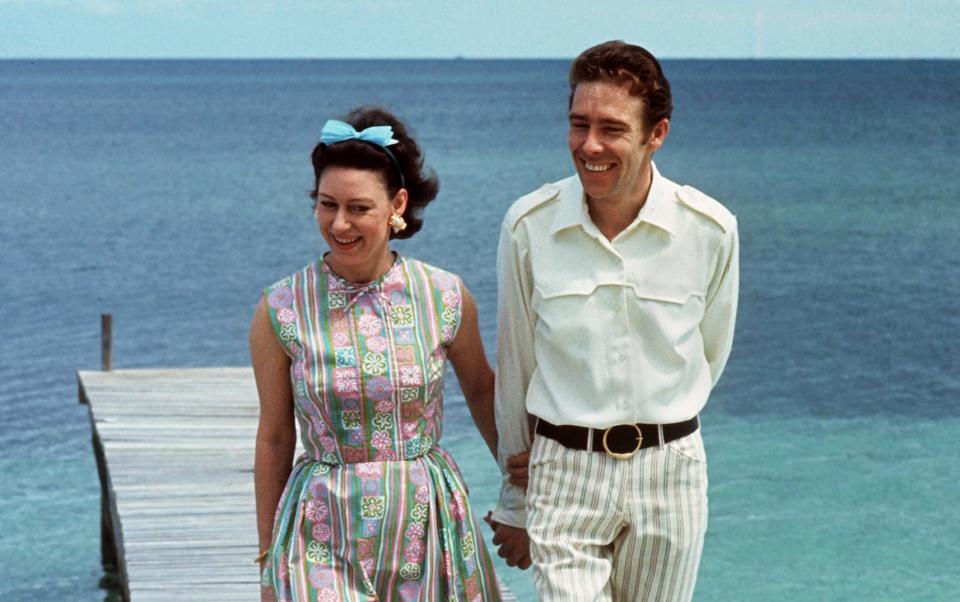
So perhaps it’s more fair to say that Margaret’s inappropriate liaison was rooted in grief, rather than a desire to rebel.
It would be 13 years before Margaret would marry, flirting with the sons of earls and viscounts before settling on the society photographer Antony Armstrong-Jones – later known as Lord Snowdon – in the first wedding between the daughter of a king and a commoner in 400 years.
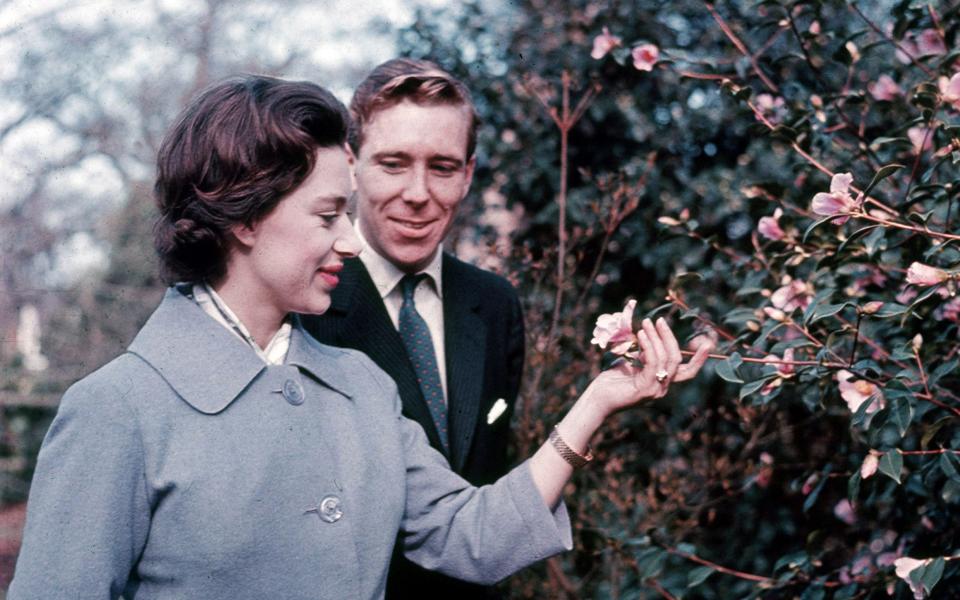
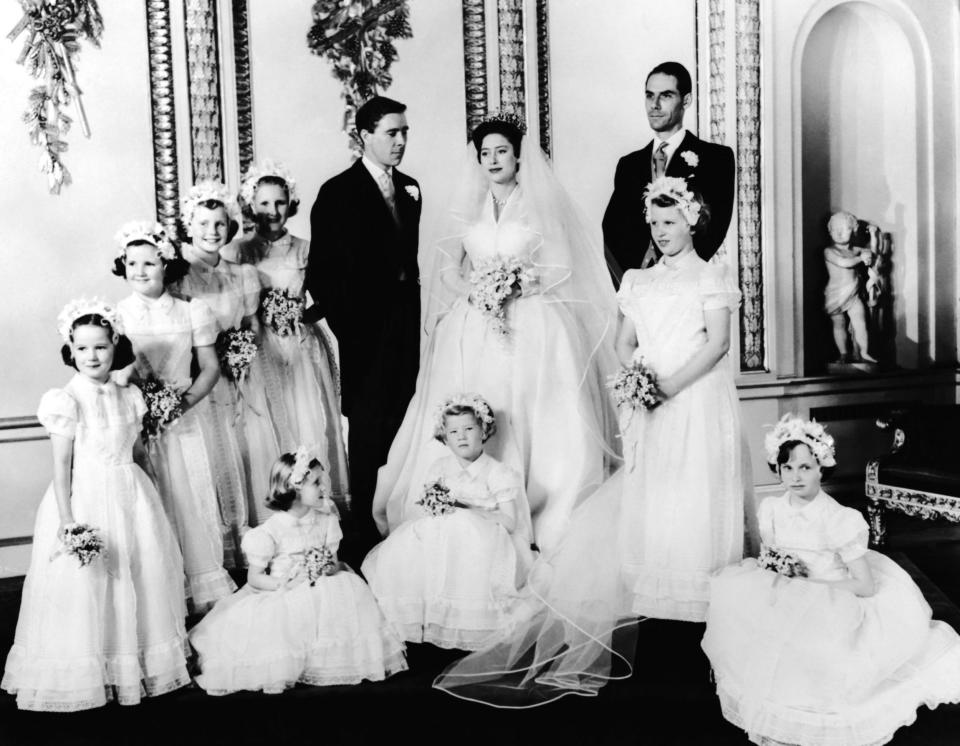
He was, again, an unusual choice in many ways, though she wasn’t to know all of them at the time, including that he was bisexual and had already fathered a child with the wife of his friend, Jeremy Fry. The match was considered something of a scandal, with most of the royal families of Europe refusing to attend. Queen Ingrid of Sweden was conspicuous in being one of the few foreign leaders present.
Yet Margaret’s most enduring – albeit unwitting – legacy was not paving the way for love matches, but in making royal divorce acceptable. Before her split from Lord Snowdon in 1978, no other British royal so close to the throne had been divorced since Henry VIII, making it something of a shock.
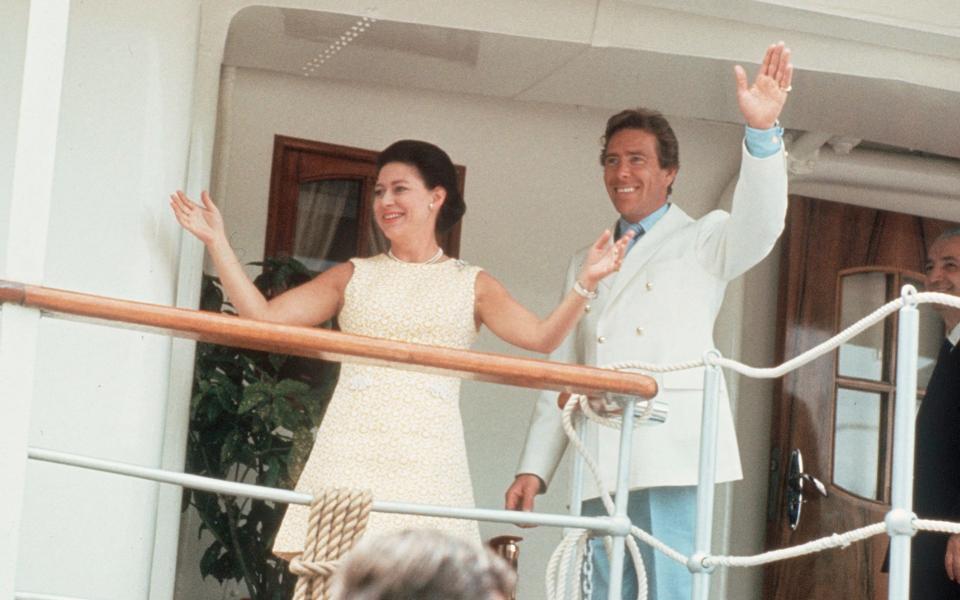
There’s no doubt that, had she not gone first, Elizabeth II might not have been so willing to grant the divorce of her only daughter Princess Anne, after only a few years of marriage, or to go so far as to encourage the separation of the then Prince Charles and Diana, Princess of Wales.
In later life, she pursued romantic dalliances irrespective of appropriateness. “After the disintegration of her marriage, she felt she deserved to be happy,” says Russell. “But as a divorcée and a Christian, she was steadfast that she wouldn’t remarry.”
There were also wonderfully unexpected consequences of Margaret’s tendency to break the mould. “She was the first member of the Royal family to become associated with sexual health, for example,” explains Russell. “She was a founding patron of the Terrence Higgins Trust and was the first to visit AIDs patients, long before Diana made it her cause.”
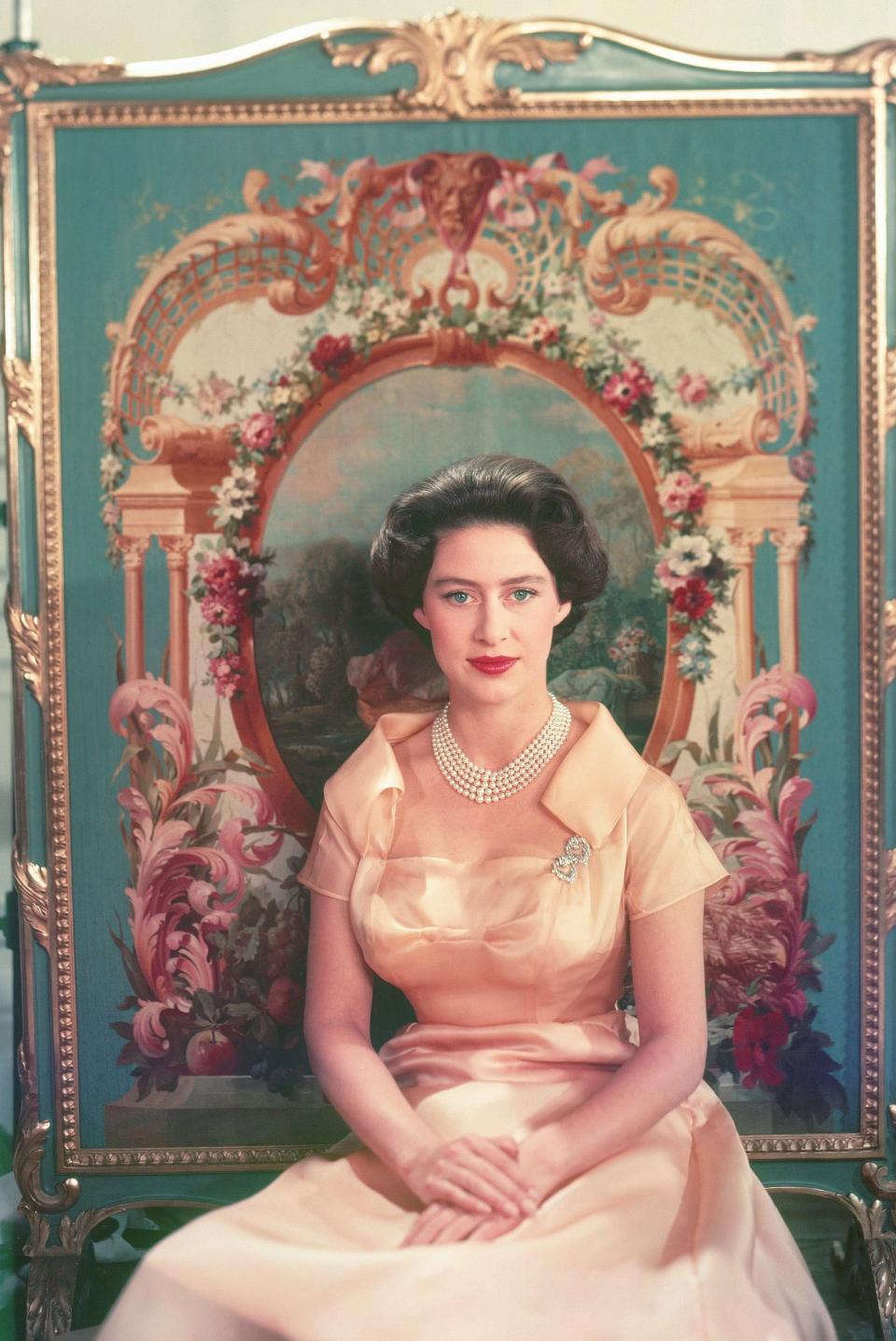
The royals that came after her have no doubt gained from Margaret’s accidental trailblazing. “I think Princess Anne has benefitted the most from the path Margaret chose,” says Russell. “She could divorce and marry again and continue to be a happy, valued member of the senior working royal family.
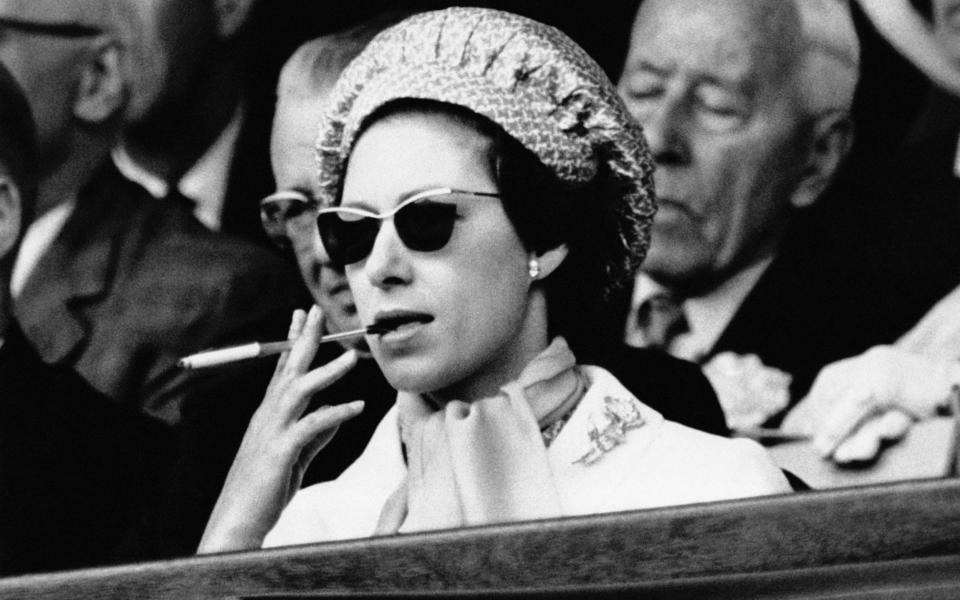
“Margaret was also first in that she made the decision that her children shouldn’t have a public life, which many have copied. And she certainly set the trend for Princes William and Harry to marry outside of the aristocracy.”
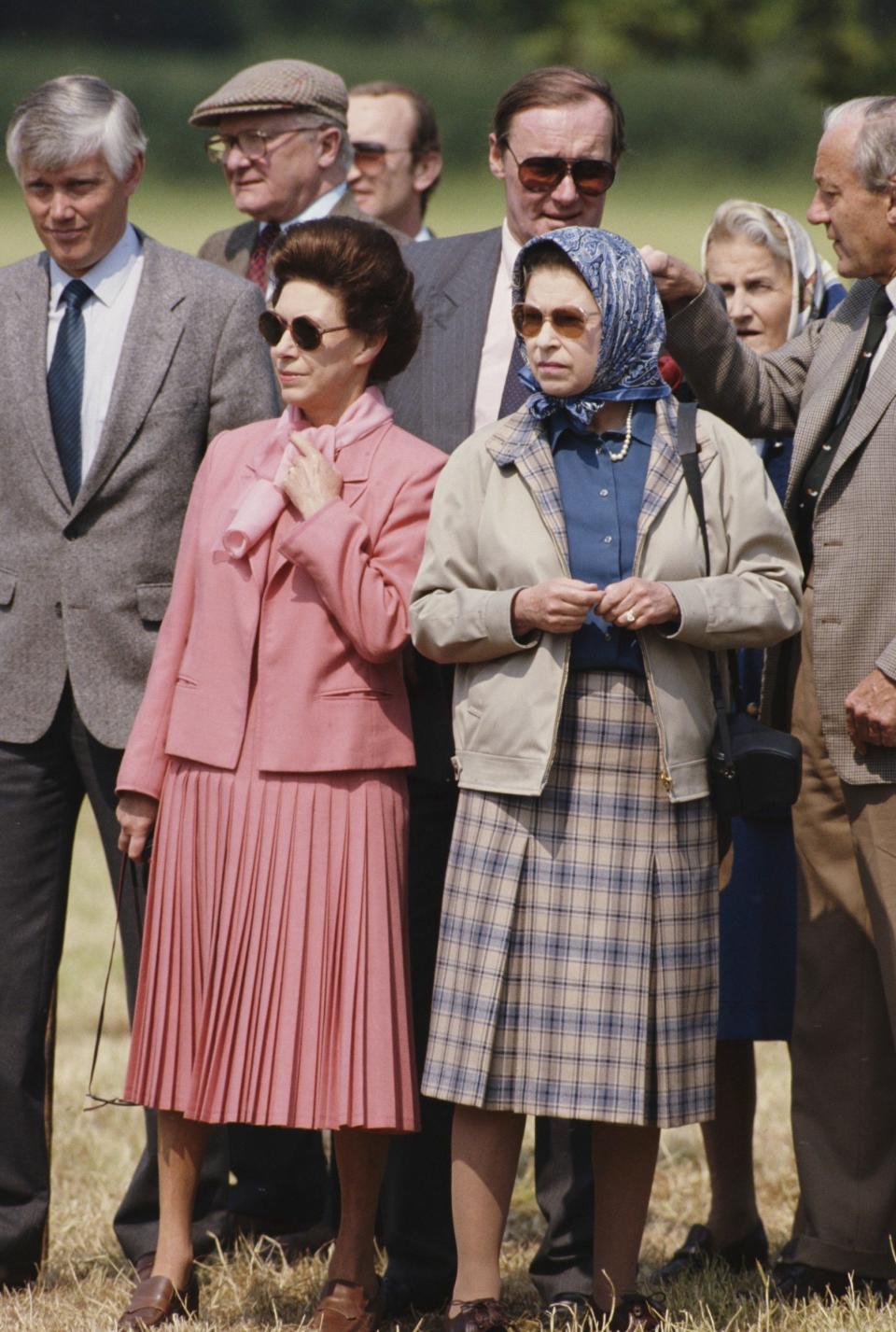
Prince Harry noted in his memoir Spare that he was surprised that he and his great-aunt hadn’t got on better, considering how similar some of their life experience was, but Margaret crucially never saw herself as a “spare” and certainly never pitied herself.
“I think all families have ancestral patterns that repeat themselves,” shares Pasternak. “Whether Harry is emotionally intelligent enough to realise that some of his behaviour echoes that of his great aunt, I can’t say.”

